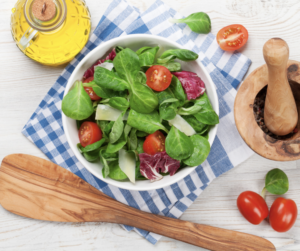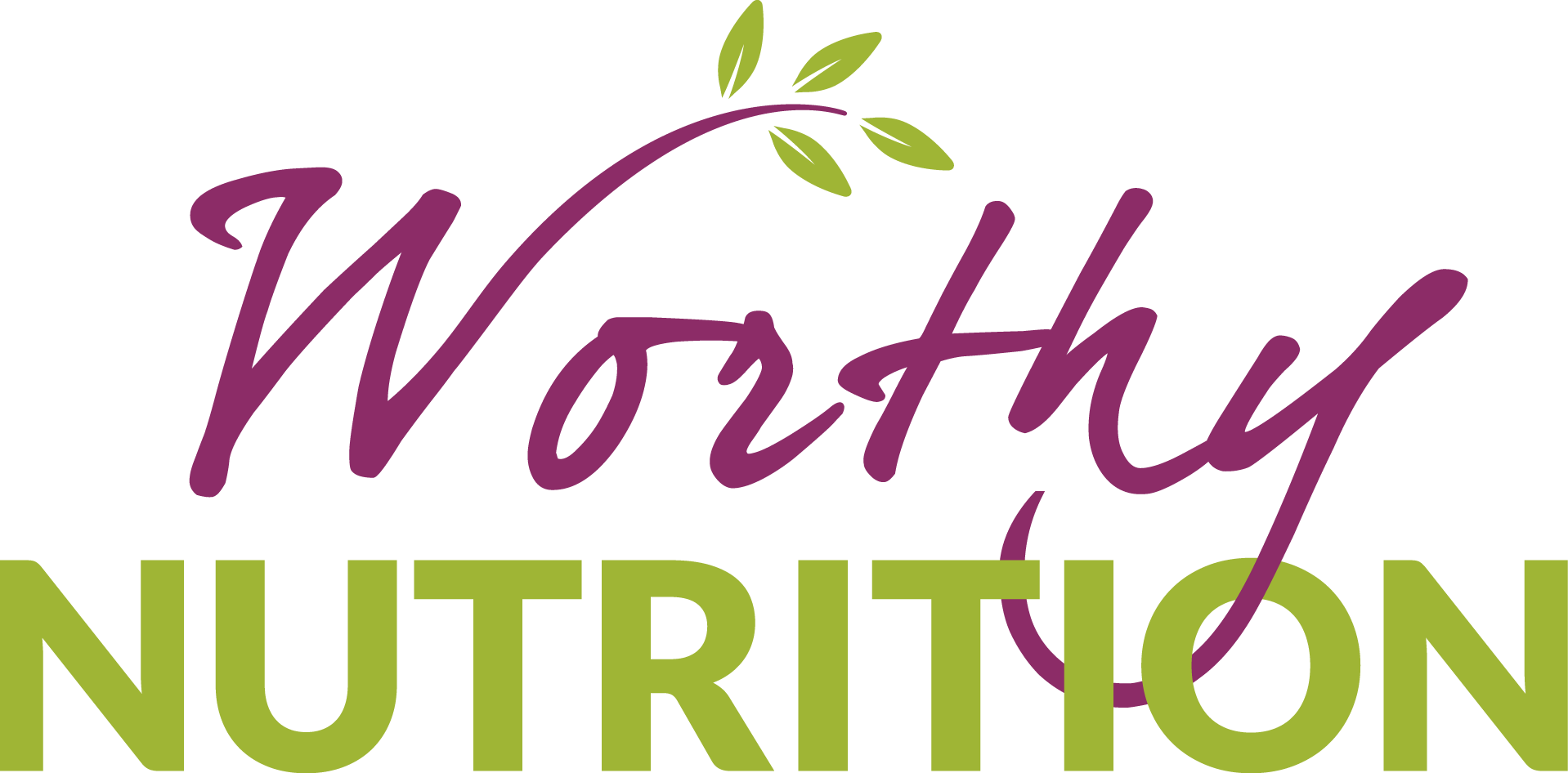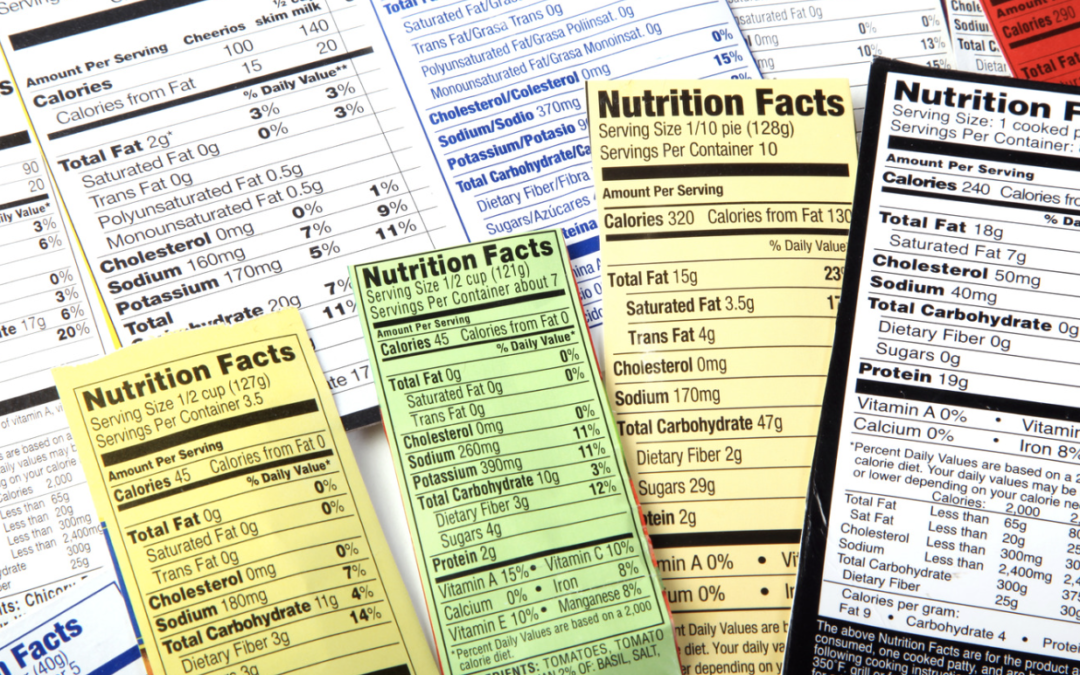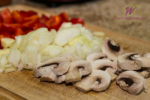For us to make informed diet choices, we must be able to understand food labels. Nonetheless, it can be difficult to decipher food packaging jargon and numbers. In the previous post, I covered essential aspects of reading food labels, such as serving size, calories, macronutrients, and added sugars.
In this post, I’ll continue to explain it by focusing on the slightly more detailed elements.
- Ingredient Lists
Ingredient lists provide valuable insight into the contents of a product. Ingredients are typically listed in descending order by weight, with the most abundant ingredient listed first. Watch out for hidden sugars, unhealthy fats, and artificial additives. For instance, if a loaf of bread lists “enriched wheat flour” or “high-fructose corn syrup” as the first ingredient, it may not be the healthiest choice.
- Health Claims and Terminology
Food labels often feature health claims and terminology that can be misleading if misunderstood. Familiarize yourself with common terms like natural, organic, free-range, and low fat. For example, a product labeled “low fat” may be high in sugar or calories. That’s why it’s important to consider the overall nutritional profile before making a decision.
- Common Labeling Pitfalls
Food companies sometimes use marketing tactics to make their products appear healthier than they actually are. Be cautious of “sugar-free,” “low calorie,” or “all-natural” claims without thoroughly examining the label. For instance, a sugar-free snack may contain high amounts of artificial sweeteners, while unhealthy additives could compensate for a low-calorie product.
- Nutritional Claims and Symbols
You may have seen certain foods display additional symbols or claims, such as “high in fiber,” “excellent source of vitamin C,” or the Heart Check mark from the American Heart Association. These are helpful indicators of a product’s nutritional value. Understanding these claims allows you to select foods that align with your specific dietary needs or preferences.
Be aware of these factors so that you can make better choices when it comes to selecting foods that promote your health and wellness goals. Keep educating yourself on reading and understanding food labels, and it could make a huge difference in your overall health and wellness!
[RECIPE]: EASY WATERCRESS SALAD
Serves: 2
Ingredients (use organic where possible): 
- 1 bunch watercress
- 2 cups mixed greens
- 1 large cucumber, peeled and chopped
- 1 avocado, sliced
Directions:
- Add all the ingredients (except avocado to a large salad bowl.
- Top with sliced avocado.
- Serve with a healthy dressing of choice.






